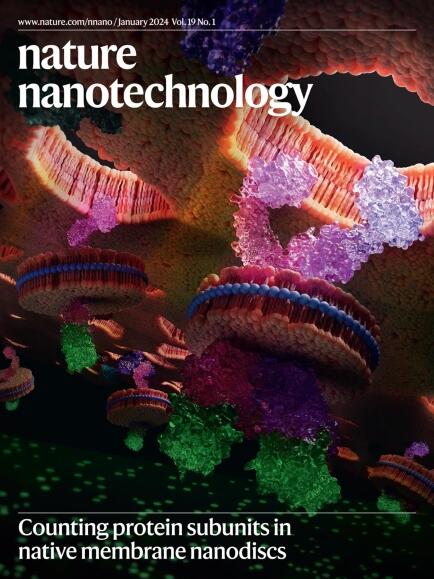在多孔固体电解质电解槽中建立质子限制环境中,从预处理烟气中电合成纯尿素
IF 34.9
1区 材料科学
Q1 MATERIALS SCIENCE, MULTIDISCIPLINARY
引用次数: 0
摘要
通过CO2和N2的共还原电合成纯尿素仍然具有挑战性。本研究表明,在配备多孔固体电解质的电解槽中建立质子限制环境,缺乏水电解质,可以抑制析氢反应和N2过度加氢成氨。这反而有利于*CO2与*NHNH (N2半加氢的中间体)的C-N偶联,从而促进尿素的生产。采用含环杂三金属簇的超薄二维金属-氮酸盐骨架纳米片作为催化剂,预处理烟气(主要含85% N2和15% CO2)制取尿素的法拉第效率高达65.5%,且不产生氨等液体产物。在低电池电压2.0 V下,电流可达100 mA,尿素产率高达5.07 g gcat−1 h−1或84.4 mmol gcat−1 h−1。值得注意的是,它可以连续生产6.2 wt%的纯尿素水溶液至少30 h,得到约1.24 g的纯尿素固体。使用经预处理的烟气作为直接原料大大降低了投入成本,高反应速率和选择性有助于减少系统规模和操作成本。本文章由计算机程序翻译,如有差异,请以英文原文为准。


Electrosynthesis of pure urea from pretreated flue gas in a proton-limited environment established in a porous solid-state electrolyte electrolyser
The electrosynthesis of pure urea via the co-reduction of CO2 and N2 remains challenging. Here we show that a proton-limited environment established in an electrolyser equipped with porous solid-state electrolyte, devoid of an aqueous electrolyte, can suppress the hydrogen evolution reaction and excessive hydrogenation of N2 to ammonia. This can instead be conducive to the C–N coupling of *CO2 with *NHNH (the intermediate from the semi-hydrogenation of N2), thereby facilitating the production of urea. By using nanosheets of an ultrathin two-dimensional metal–azolate framework with cyclic heterotrimetal clusters as catalyst, the Faradaic efficiency of urea production from pretreated flue gas (which contains mainly 85% N2 and 15% CO2) is as high as 65.5%, and no ammonia and other liquid products were generated. At a low cell voltage of 2.0 V, the current can reach 100 mA, and the urea production rate is as high as 5.07 g gcat−1 h−1 or 84.4 mmol gcat−1 h−1. Notably, it can continuously produce 6.2 wt% pure urea aqueous solution for at least 30 h, and about 1.24 g pure urea solid was obtained. The use of pretreated flue gas as a direct feedstock significantly reduces input costs, and the high reaction rate and selectivity contribute to a reduction in system scale and operational costs. This study reveals that the synergistic effect of proton-limited environments and multi-site cooperative activation coupling substantially improves the electrocatalytic co-reduction of CO2 and N2 towards urea production, enabling gram-scale synthesis.
求助全文
通过发布文献求助,成功后即可免费获取论文全文。
去求助
来源期刊

Nature nanotechnology
工程技术-材料科学:综合
CiteScore
59.70
自引率
0.80%
发文量
196
审稿时长
4-8 weeks
期刊介绍:
Nature Nanotechnology is a prestigious journal that publishes high-quality papers in various areas of nanoscience and nanotechnology. The journal focuses on the design, characterization, and production of structures, devices, and systems that manipulate and control materials at atomic, molecular, and macromolecular scales. It encompasses both bottom-up and top-down approaches, as well as their combinations.
Furthermore, Nature Nanotechnology fosters the exchange of ideas among researchers from diverse disciplines such as chemistry, physics, material science, biomedical research, engineering, and more. It promotes collaboration at the forefront of this multidisciplinary field. The journal covers a wide range of topics, from fundamental research in physics, chemistry, and biology, including computational work and simulations, to the development of innovative devices and technologies for various industrial sectors such as information technology, medicine, manufacturing, high-performance materials, energy, and environmental technologies. It includes coverage of organic, inorganic, and hybrid materials.
 求助内容:
求助内容: 应助结果提醒方式:
应助结果提醒方式:


